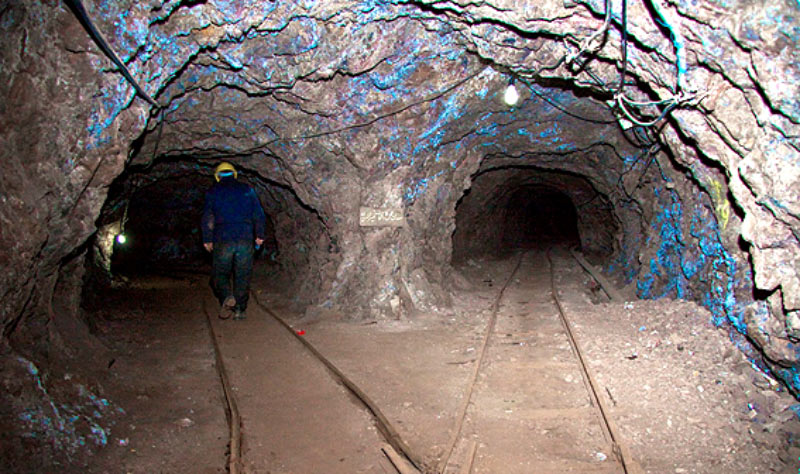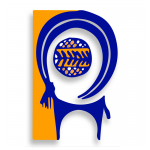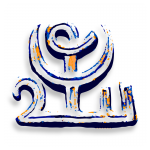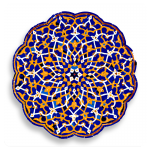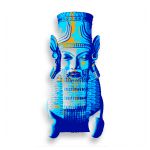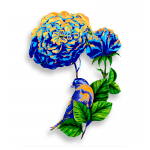Drawing on our extensive network in Iran, here are some suggestions to make your stay in Iran unique !
And if you have other ideas in mind, do not hesitate to let us know.
Classes
Persian cuisine
The Persian cuisine is one of the cultural monuments of Iran. You cannot enjoy this country without tasting the endless varieties of Persian dishes and spices, drinks and desserts. Persian cooking is widely known to be based on rice but you will be surprised by the variety of tasty stews and all kinds of vegetarian dishes especially with eggplant, such as the kashk-e badenjan.
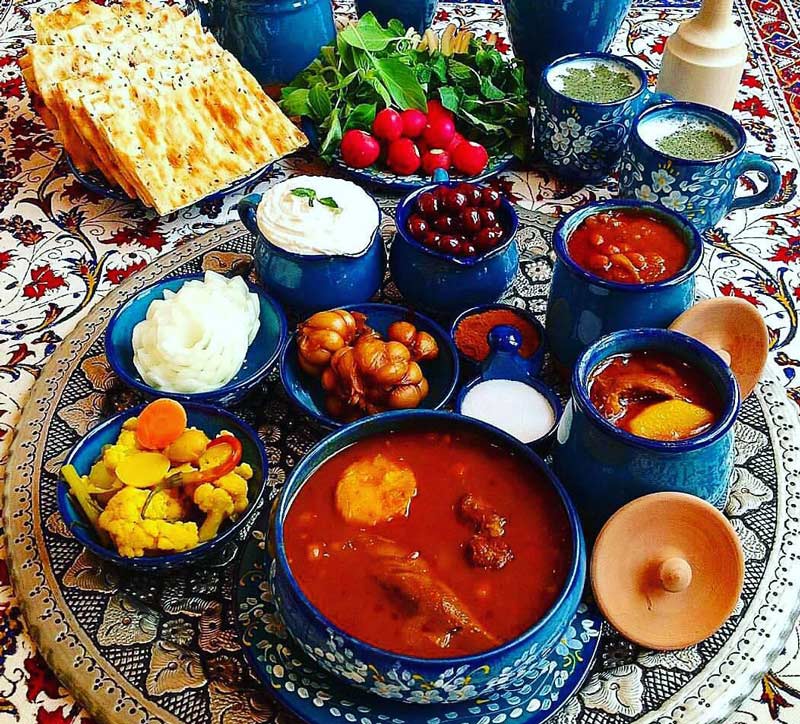
During this class, you will have the opportunity to go to local shops to taste different spices and pickles, buy fresh ingredients with a local guide and take them to a kitchen to participate in a cooking course in a friendly environment and learn about the Iranians’approach towards food and cuisines which can be a great experience for your friends and family once you are back home.
Persian Language
The Persian language as an Indo-European language is a distant cousin of Latin or Germanic Languages, such as French and English. Written since 500 B.C in the Achaemenid royal inscriptions in its Old Persian version, the Persian language acquired a prestigious status in medieval times when it quickly became the language of literature and poetry throughout the Islamic world, with celebrated representatives such as Ferdowsi, Khayyam, Nezami, Rumi, Sa’di and Hafez .
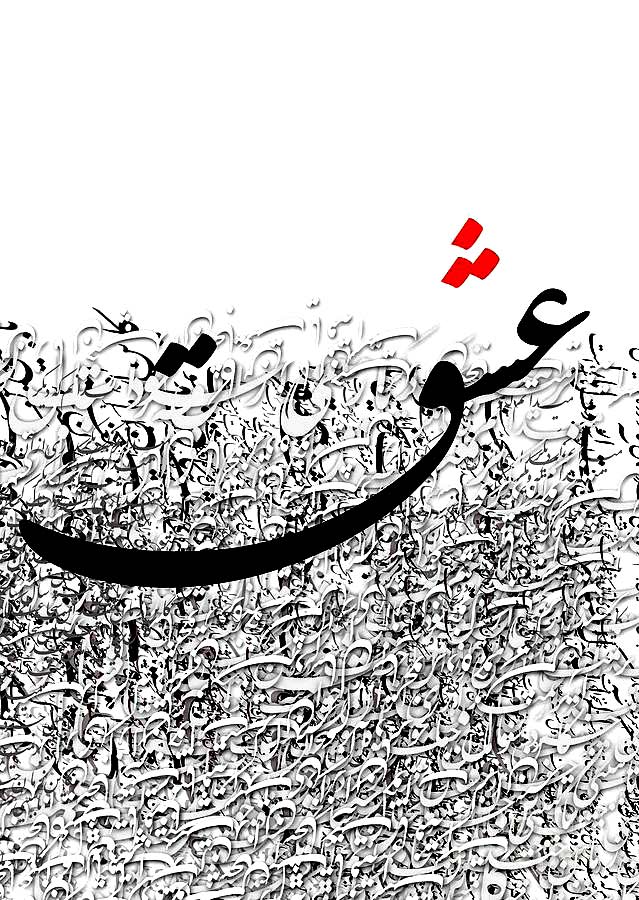
During our proposed class of the Persian Language, you will be accompanied by a Persian Language teacher with years of experience in teaching Persian to non-Persian speakers, in a 3 to 4 hour session. Depending on your level, you can learn the basics of the Persian Language to be able to communicate with Iranians or if you already have some knowledge of the Persian language you can explore its literature and poetry and understand why Iranians are used to saying farsi chekar ast, “Persian is as sweet as sugar”.
Persian Calligraphy
Since the 14th century, Persian calligraphers (Mir Ali Tabrizi in particular) developed a particular calligraphy, nastaliq writing, to write down the Persian language.
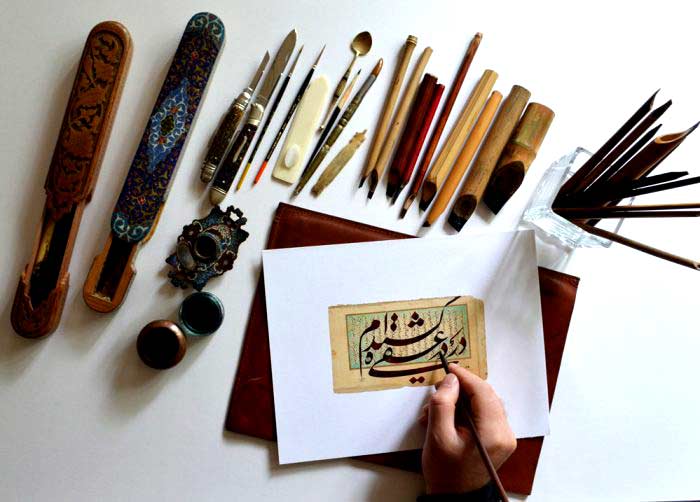
Accompanied by a specialized calligrapher, this course will be an introduction to the Arabic-Persian alphabet as well as the handling of the qalam so that you can read and write in nastaliq some verses of Persian poetry.
At the end of the course you will receive a pack of Calligraphy instruments and a small book of Persian calligraphy.
Music
Sometimes used to narrate the stories of lovers and heroes or to celebrate mystic cults, Persian classical music has a long history which evolved around its dastgahs or the traditional musical modes.
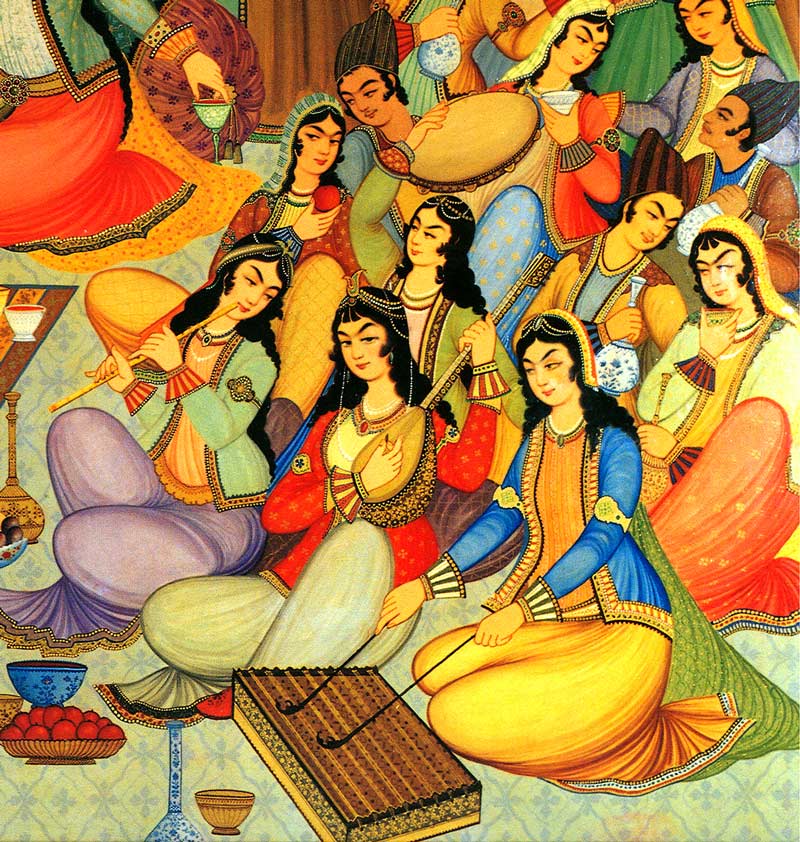
Still well alive nowadays among Iranians with great and popular artists such as Mohammad Reza Shahdjarian or Shahram Nazeri, you will be introduced here in a 2 hours session to a traditional musical instrument of your choice, such as daf (drum) or setar (lute with 4 strings).
1筊x,
Mayor
Thanks to our extensive local network, during your journey you will have the opportunity to meet the mayor of a small town and discuss with him the routine of the management of a local administration and the life of an elected representative in Iran. Please note that we need to organise this meeting at least two weeks before.
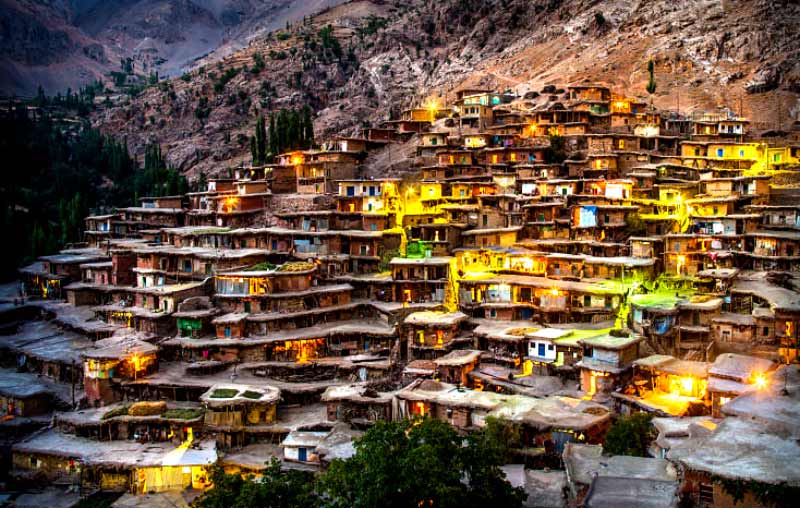
Deputy
Created in 1906 during the constitutional revolution, the Iranian parliament (majles) has 290 deputies elected in their local community every 4 years.
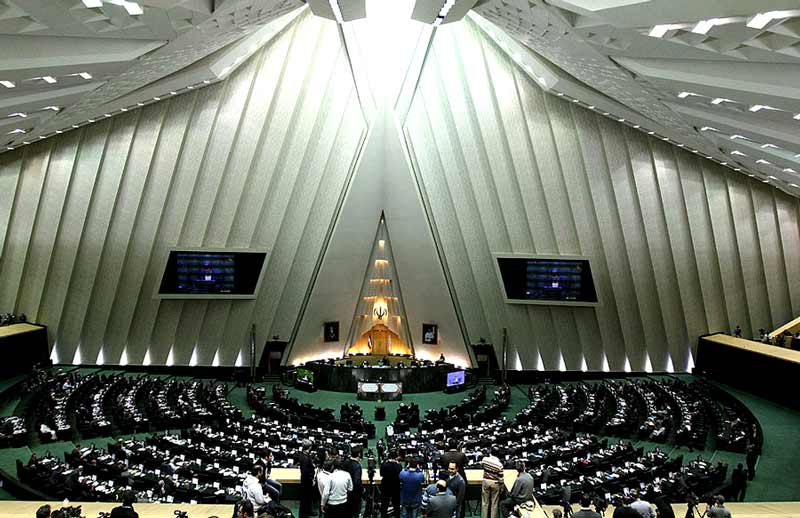
Depending on their sometimes busy agenda, we will hold a meeting in Tehran with one of the deputies, giving you a unique insight into Iranian parliamentary life. This programme needs at least two weeks of paper work so you will need to inform us in advance.
Women's activist association
You will have the opportunity to meet and hold a discussion with members of a women’s rights activist association.
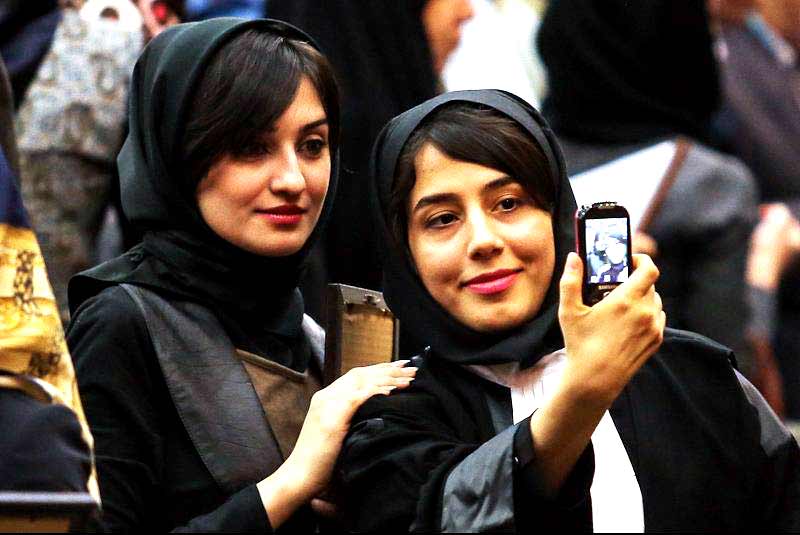
You will be able to get a clear idea of the problems currently faced by women in Iran and the concrete solutions proposed to solve them.
Ayatollah (Islamic clergy)
Shiism has the characteristic of being structured around a very hierarchical clergy and “ayatollah” represents the highest rank in this hierarchy (a kind of doctor of the faith).
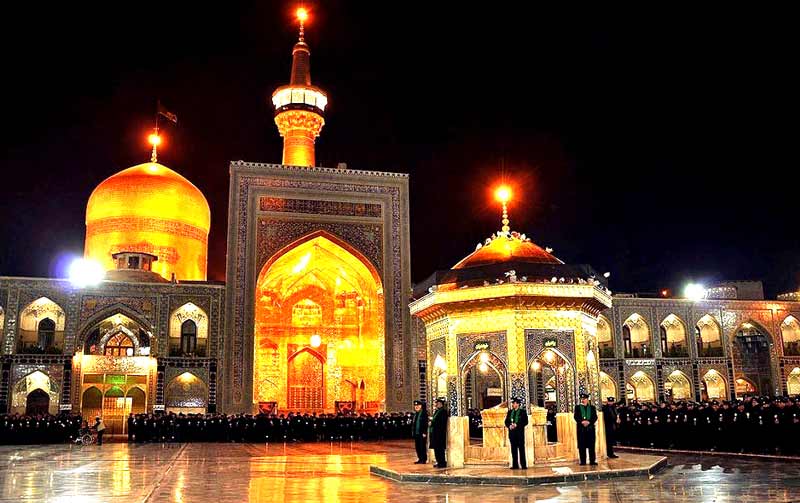
You will have the opportunity to meet a member of the clergy and, if you wish, to discuss with him the foundations of Shiite doctrine and the subtleties of his spiritual thought. If this appeals to you, such a meeting is currently feasible in Qom, Isfahan and Shiraz.
Zoroastrian community and priests
Zoroastrianism is the ancient religion of pre-Islamic Iran. Based on a strong dualism and the body of sacred books of the Avesta, this religion still exists in Iran, around the fire temples of the cities of Yazd, Kerman and Tehran.
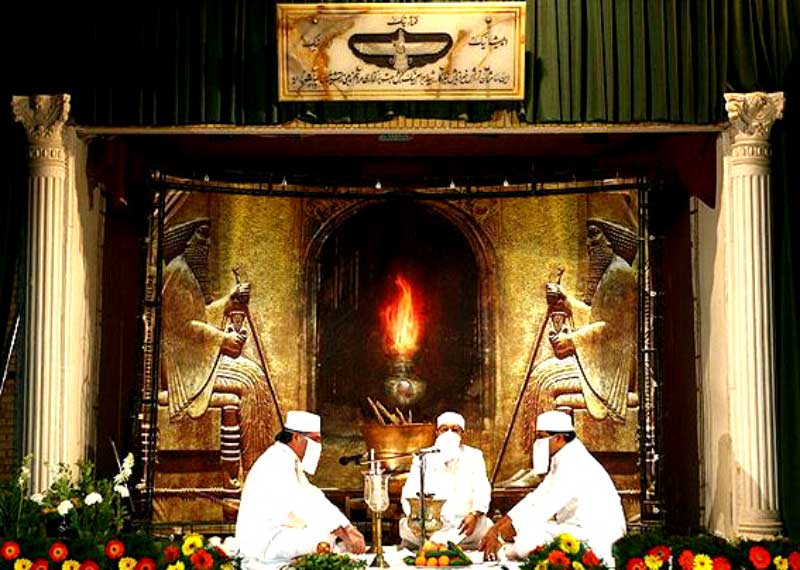
You will have the opportunity to meet a Zoroastrian priest (mobed), responsible in particular for the religious education of the children of the community and the various ceremonies punctuating the life of the Zoroastrians of Iran.
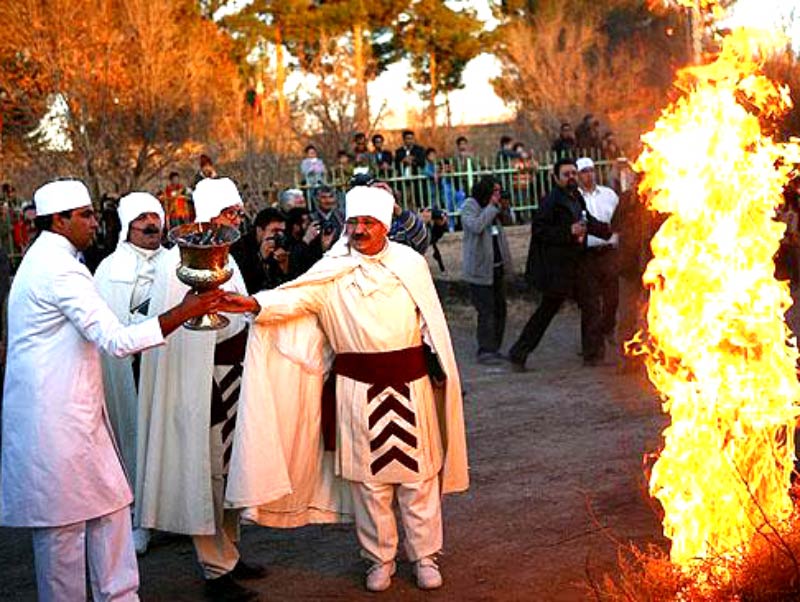
Armenian priest
The Armenian community is located in Isfahan (district of No Jolfa) since the deportations carried out at the beginning of the 17th century AD by Shah Abbas I.
Perfectly integrated into the Iranian life and recognized like the Zoroastrians and Jews as a religious minority, Armenians are a particularly active and dynamic community in Iran.
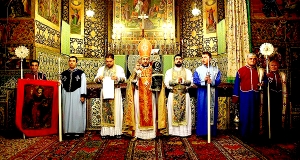
We will give you the opportunity to meet one of the religious leaders of the Armenian community of Isfahan in the historic district of No Jolfa, allowing you to discuss with him the life and contemporary situation of these Eastern Christians.
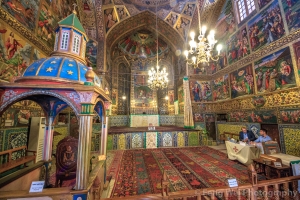
Nomads
Nomadism was a very important phenomenon in Iran. Although their influence was greatly reduced at the beginning of the 20th century under the action of Reza Shah, different nomadic tribes still exist today and practice a pastoral nomadism based on goats and sheep, moving from lowlands in winter to highlands in summer.
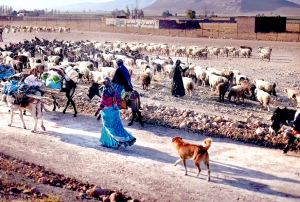
Depending on the location and the season, we can organize your stay in a nomadic tribe, qashqai, basseri or bakhtiari, where you can spend from a few hours to several days, allowing you to have a glimpse of their life while giving them the opportunity to develop an economic activity around tourism.
Visits
School
Here you can enter an Iranian elementary school to better understand local school life. It will also be an opportunity to meet the teachers and of course the young pupils.
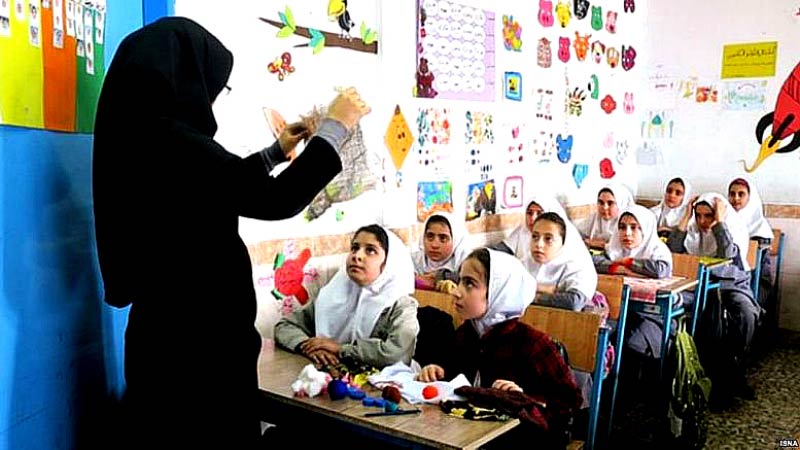
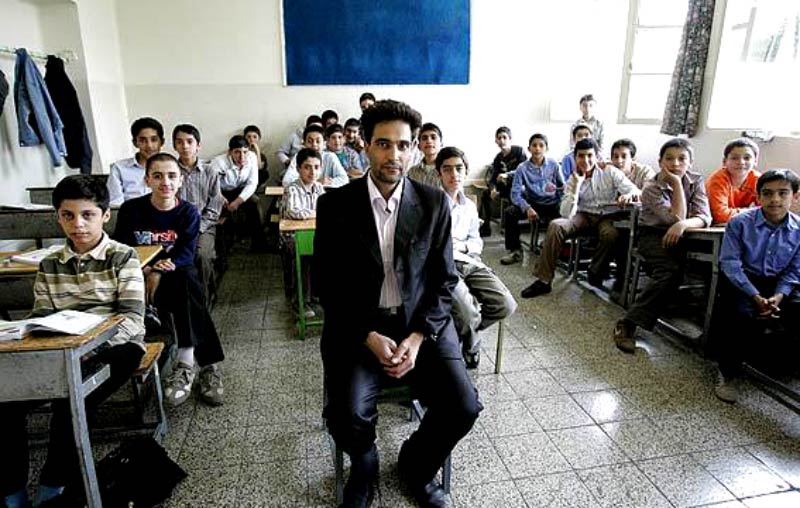
University
We have been able to obtain the permission to visit the University of Tehran, the oldest Iranian University founded at the time of Reza Shah in 1934. After a walk in the central campus, we will have the opportunity to go right next door, in a cafe located in the small Institute of Archeology where Iranian students gather after classes.

Newspaper
You will have the opportunity here to go to the office of an Iranian magazine, where you will discover the world of publishing and journalism in Iran.

In Tehran, the journalists of the seasonal magazine Gilgamesh, specializing in cultural heritage and tourism in Iran, are ready to answer your questions.
Factory
Acknowledging the importance of the local economy, we have managed to organize visits to an automobile production plant in Tehran region (a limited and supervised visit), to a steel production center in Isfahan and to a ceramic factory in nearby Yazd (Meybod).
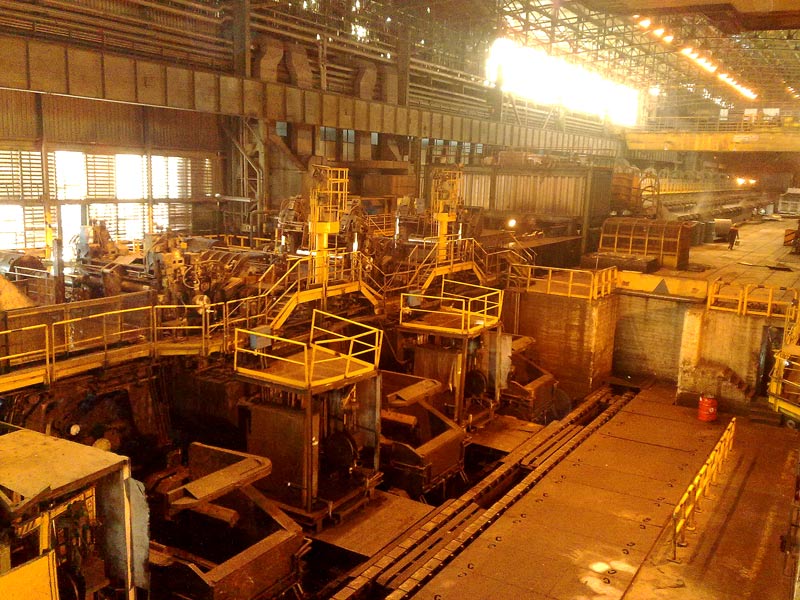
Carpet workshop
The Persian carpet is one of the most famous Iranian handicrafts. You will have the opportunity to observe the creation of these pieces of art, from the raw material to the final product.
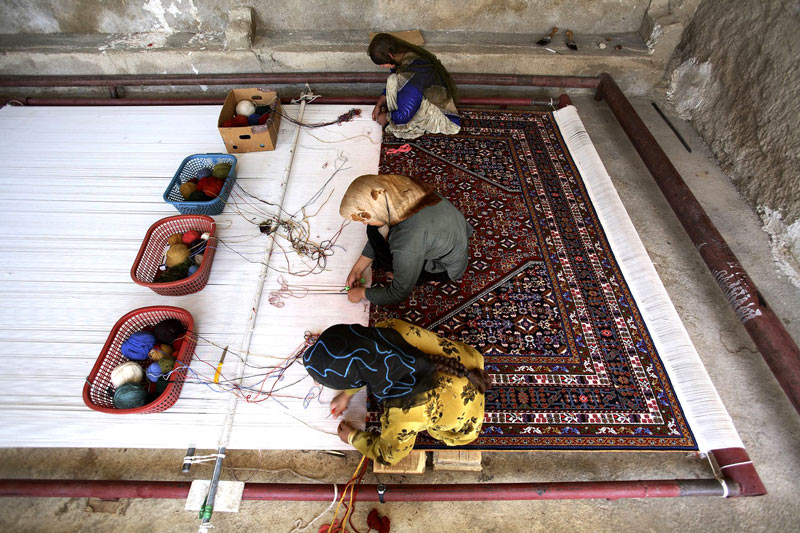
Mine
Iran is a country with significant mineral resources. The world cradle of metallurgy in the 6th millennium BC, Iran is full of metal ores, including notably copper ores.

We have been able to create a privileged access to a turquoise mine in the Kerman region, a unique vision of the semi-precious stone emblematic of Iran.
